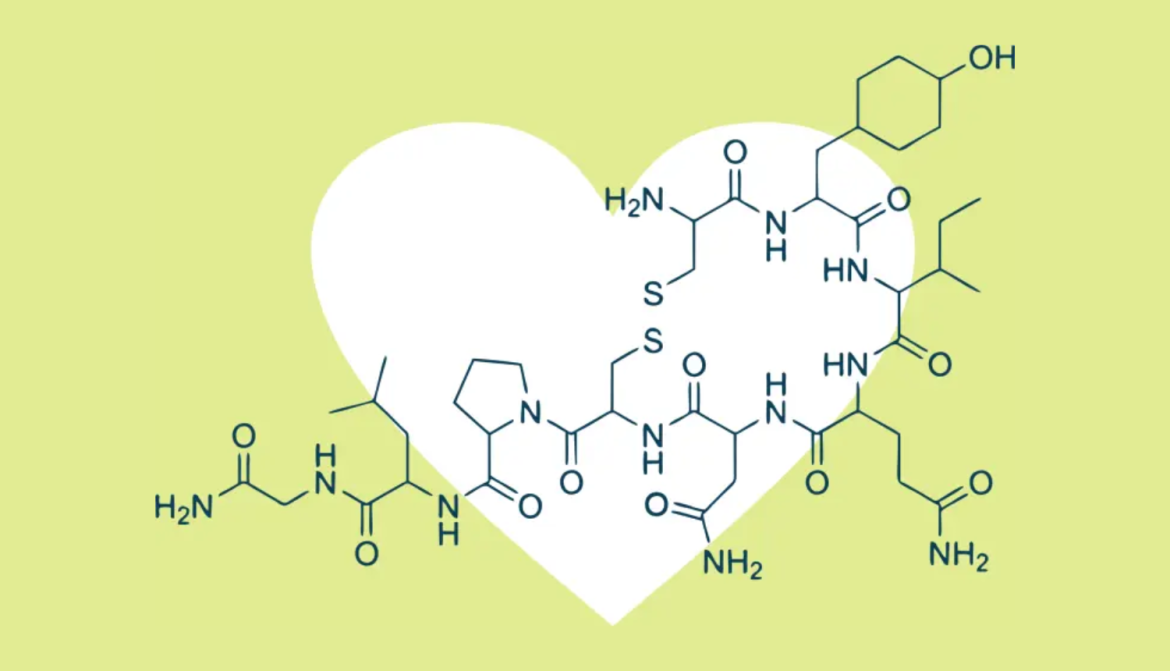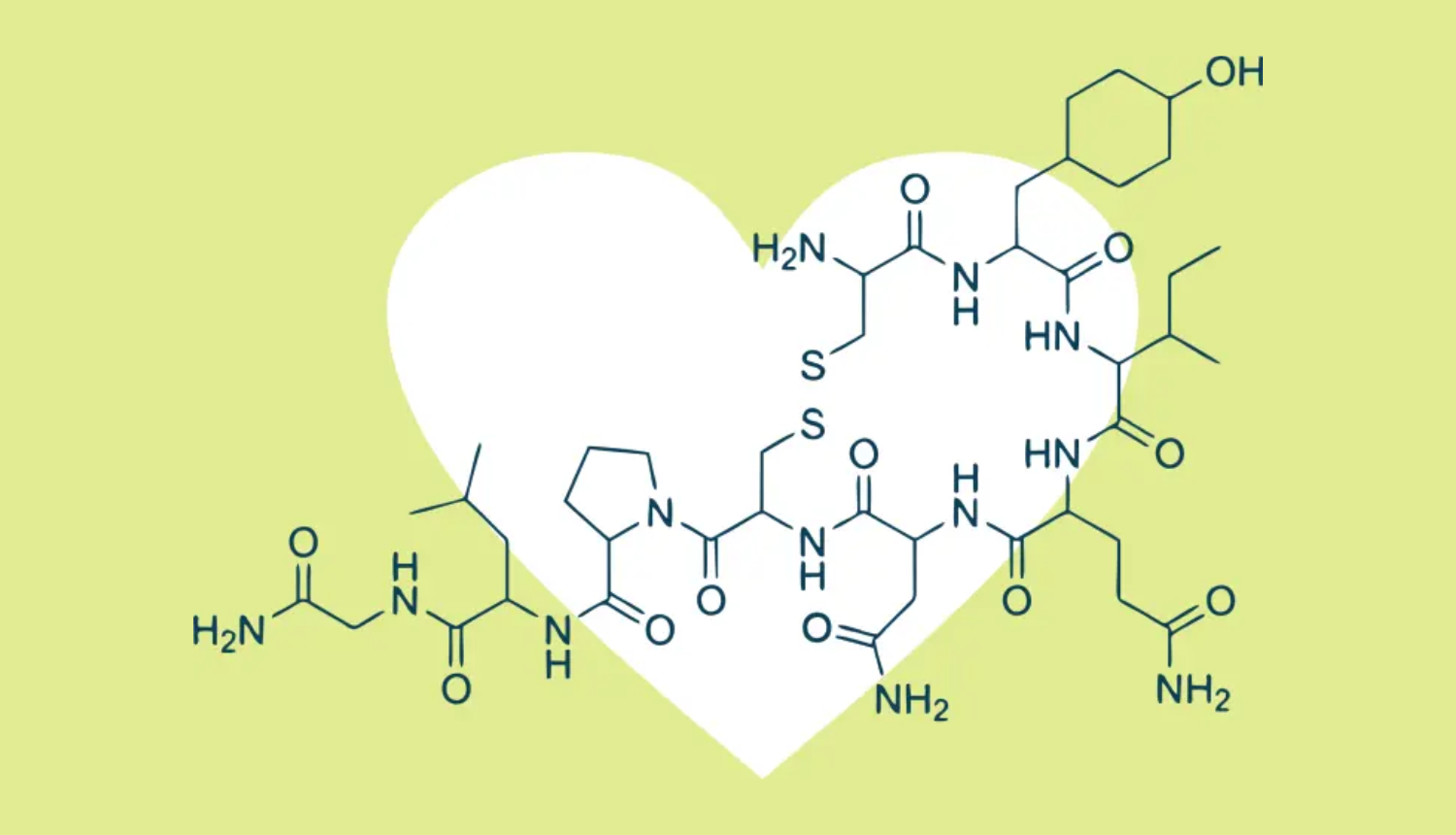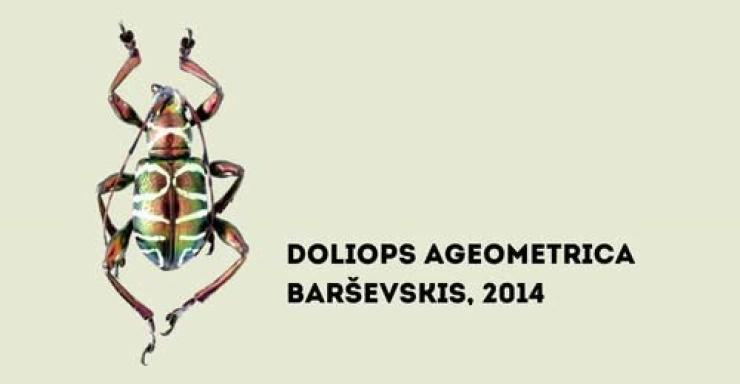The human heart, a vital organ of the circulatory system, is essential for sustaining life by pumping blood throughout the body. Beyond its physiological role, the heart has become a universal symbol of love, deeply embedded in cultural traditions, including Valentine’s Day. While romantic emotions originate in the brain, scientific research reveals that love triggers complex physiological and neurochemical responses that can influence heart function. This article explores the heart’s dual significance – its biological role and symbolic connection to love – through the lens of scientific studies.

Five facts about the Heart and Falling in Love:
1. The average human heart weighs between 200 - 450 g and is roughly the size of your fist
The heart is a muscular organ, typically weighing between 200 - 450 grams, and is approximately the size of a human fist. It is divided into four chambers: the right and left atria, and the right and left ventricles.
2. A normal heart will pump around 4 tablespoons of blood with each beat
It is divided into four chambers: the right and left atria, and the right and left ventricles. A normal heart pumps around four tablespoons of blood with each beat, ensuring the continuous circulation necessary for survival.
3. The heart is responsible for distributing oxygen and nutrients to the body’s cells and removing waste
The heart maintains homeostasis by pumping oxygen-rich blood and nutrients to cells while removing waste. Through the circulatory system, it ensures efficient metabolism, organ function, and overall physiological balance.
4. Love activates the release of chemicals in the brain, such as dopamine and oxytocin, which create feelings of pleasure and attachment
Love is a multifaceted experience influenced by individual experiences, social and cultural factors, and biological mechanisms. Scientific research has identified three primary stages of love: lust, attraction, and attachment, each regulated by specific hormones and neurotransmitters.
- Lust: This stage is driven by the release of sex hormones such as testosterone and estrogen, which enhance physical attraction and reproductive behavior.
- Attraction: This phase is characterized by the release of dopamine and norepinephrine, which contribute to heightened energy, euphoria, and focused attention on a romantic partner.
- Attachment: Oxytocin and vasopressin play crucial roles in long-term bonding and relationship stability.
5. The same brain regions that are activated when we perform an action are also activated when we observe someone else performing the same action
Neuroscientific research has provided further insights into the mechanisms underlying love and attraction. The Mirror Neuron Study (2005) demonstrated that brain regions activated during personal actions are similarly activated when observing others perform the same actions. This phenomenon may explain why individuals are often attracted to those who share similar behaviors and mannerisms.
The heart serves a critical physiological function in sustaining life, but its association with love is deeply embedded in human culture and scientific inquiry.
Advances in neuroscience and psychology have provided evidence that love is not merely a sentimental concept but a complex interplay of biological, chemical, and social factors. Understanding these mechanisms enhances our appreciation of both the physiological significance of the heart and the profound emotional experiences that shape human relationships.
Source: Valentine’s Day: SCIENCED


